Summary
- Sekiro has unique endings & replay value: with different bosses, endings, upgrades, & alternate paths.
- New game plus adds challenges: boss rushes, super-charged boss fights, & tougher enemies.
- Increase difficulty with Kuro’s Charm & the Demon Bell: stack debuffs for more EXP & Sen.
Sekiro: Shadows Die Twice is an outlier in FromSoftware’s recent catalog. It deviates from the standard soulslike formula in a number of ways, but perhaps the most notable is its focus on a single weapon for the player, with limited additional abilities. However, this focus means that it has some of the tightest-feeling gameplay in an action game.
Another notable departure is that Sekiro can feel more like a linear action game than the Souls games, with a more straightforward story. That might give some players the impression that Sekiro has less replay value than the average Souls game, but there are a number of ways to change up the game for repeated playthroughs. There might not be different builds to try, but there are numerous different endings, optional bosses, and details that players might have missed on the first run.
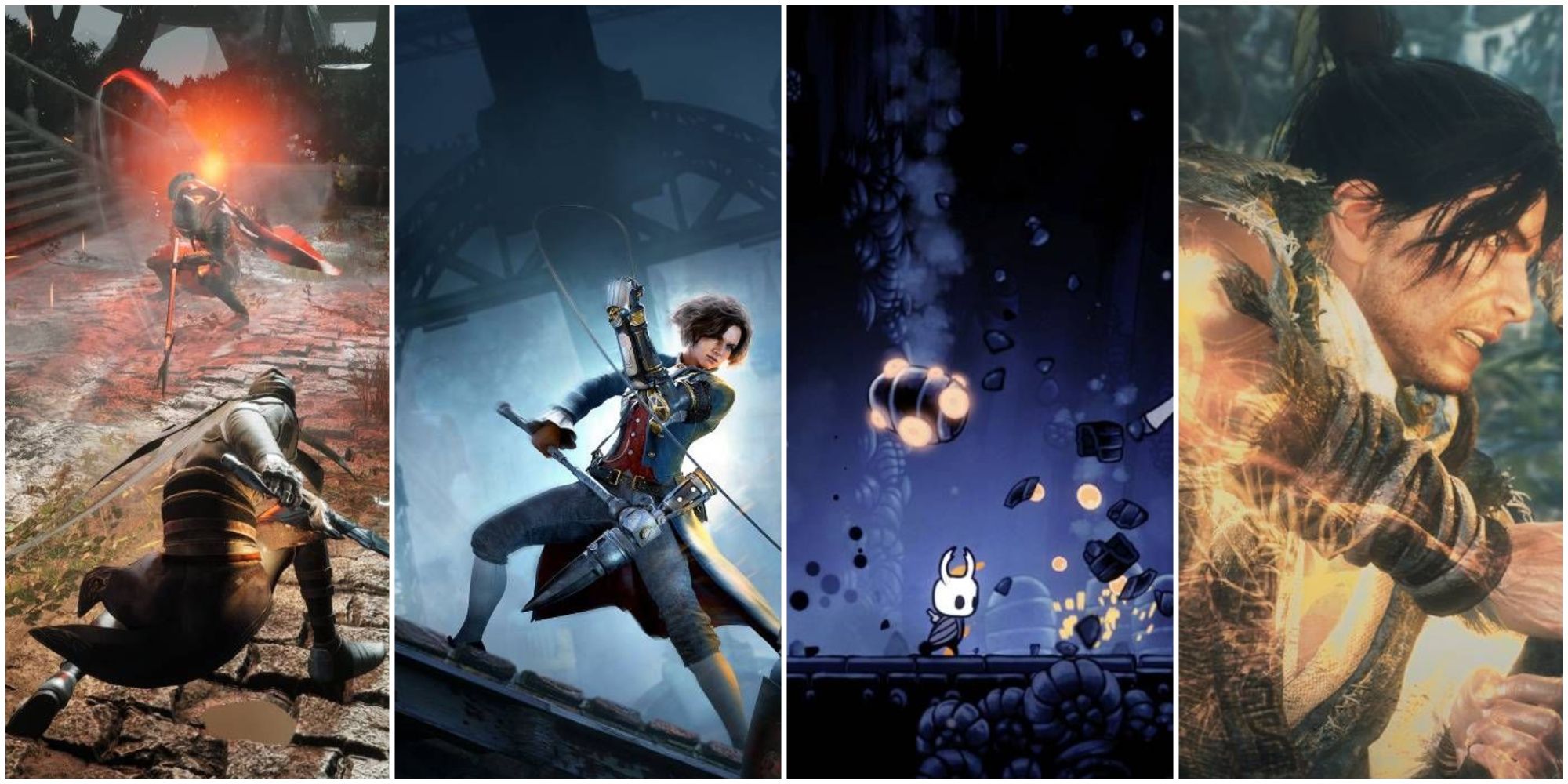
Related
10 Soulslike Games More Like Sekiro Than Dark Souls
Although the Dark Souls franchise is a common source of inspiration, Sekiro has also inspired many Soulslikes as well.
6
Obey The Iron Code
The Shura Ending
When Owl confronts the player and asks them to betray Kuro, most players will refuse and instead choose to battle their Shinobi mentor and adopted father. However, choosing to go along with Owl’s plan has an interesting result. This is how players access the game’s “Evil” ending, actually ending the game at this point and skipping the final act.
Choosing to betray Kuro leads to a fight against Emma, the doctor who upgrades the player’s healing gourd, followed by a final battle against the elderly Isshin Ashina. However, going down this path is not a happy ending for anyone. Without spoiling the ending itself, it’s safe to say that Sekiro and Owl will not be walking off into the sunset together.
5
Save Kuro
The Divine Dragon’s Return
In addition to the alternate bad ending, there’s also more than one hidden good ending to pursue on a second playthrough. Both alternate endings involve saving Kuro, rather than having to use the Divine Dragon’s Tears and the Mortal Blade to end his curse. It’s easy to miss both endings on the first playthrough. One involves eavesdropping on conversations and exhausting a lot of dialogue, and the other has a lot of steps that players can miss if they progress too far.
To sacrifice themselves to save Kuro, players need to obtain the Father’s Bell Charm from Emma and complete the alternate version of Hirata Estate that this unlocks. Defeating the optional boss here will get players the Aromatic Flower. They can use this item after the final battle, when the Dragon’s Tears can be selected, to access the alternate ending.
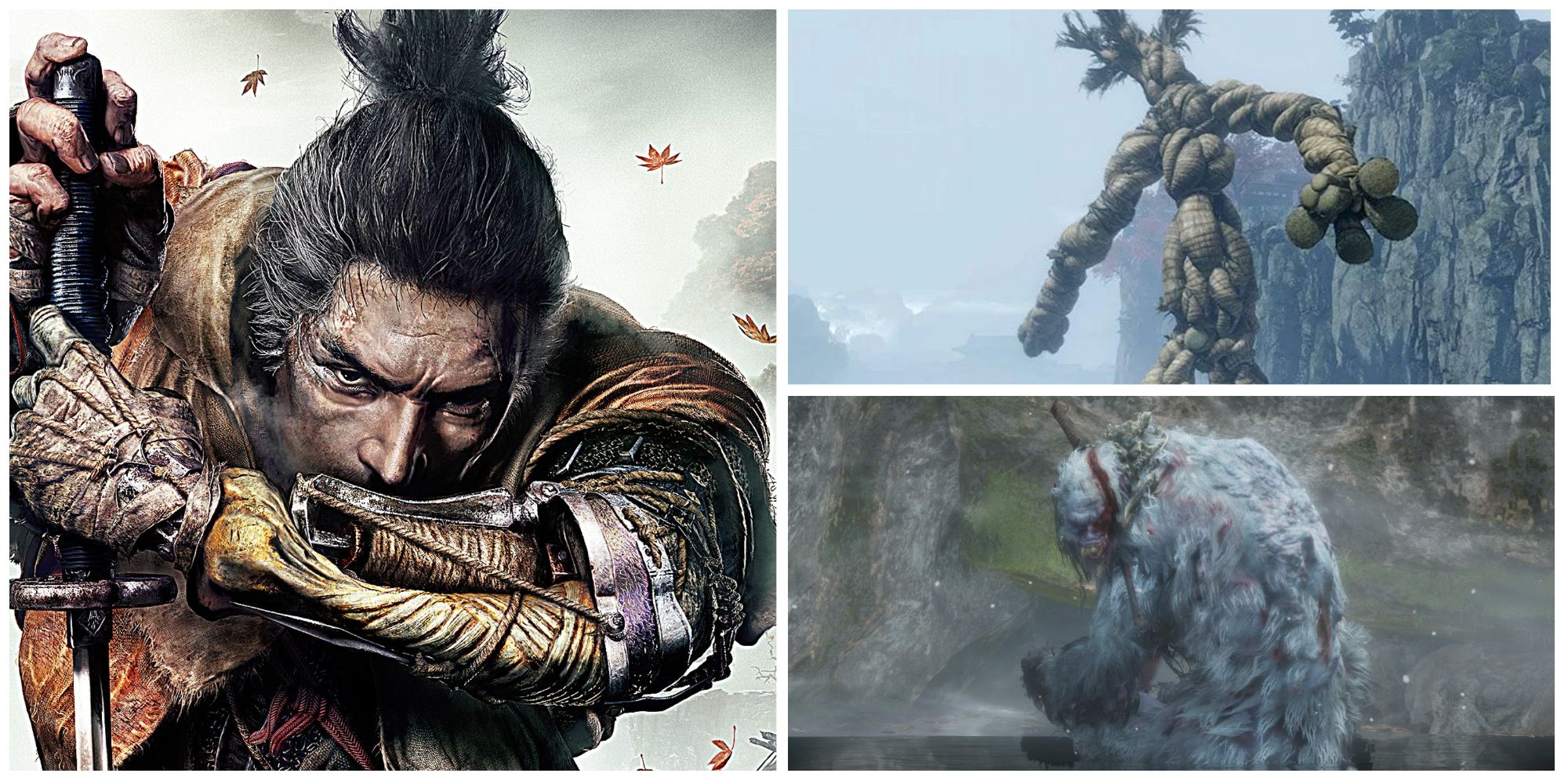
Related
10 Things Sekiro Does Better Than Any Other FromSoftware Game
Sekiro: Shadows Die Twice is a unique entry in the FromSoftware library. As such, it does certain things better than other games in the series.
The “True” ending of the game involves a lot more steps. Players can start it off by going to Mt. Kongo before defeating Genichiro Ashina. Players need to progress in this area until they meet the Divine Child of Rejuvenation. There are too many additional steps to go into full detail here, but players need to progress this NPCs dialogue and side quest throughout the game to finally obtain the Frozen Tears. This item is used after the final boss to access the true ending, which is shockingly happy.
4
Fill The Skill Tree
Try Out High-Tier Techniques
There isn’t enough EXP on offer in one new game cycle to fill out Sekiro‘s extensive skill trees. Later skills and secret techniques take a lot of skill points to unlock. Players are much better off pursuing these in NG+ cycles, where the EXP gained from beating enemies and bosses is higher. As well as the three skill trees that players get access to automatically, there are also two skill texts that players can miss.
The Temple Arts text is found at Mt. Kongo and can be unlocked just by exploring. The Mushin Esoteric Text, however, requires players to complete the Tengu of Ashina side quest, which is available after defeating Gyobu Oniwa, then unlocking an ultimate technique before speaking to the Tengu again. It’s worth experimenting with the combat techniques in both these skill trees to increase players’ options in combat.
3
Finish The Prosthetic Arm Upgrades
Ninja Tech
Players won’t be able to get every prosthetic tool upgrade in a single playthrough. There are only six Lapis Lazuli, the top tier of upgrade material, available in any new game. Finishing the prosthetic tree requires ten of these, and also requires finding all the different prosthetic tools and upgrading them sequentially. Most players will miss plenty of this upgrade tree in their first run.
It’s worth filling out all the different upgrades. Top-tier alternatives like the Lazulite Shuriken and Lazulite Zabimaru are powerful in the right circumstances. There are interesting upgrades for items like the Umbrella and Spring-Spear that give them alternative use-cases, too.
2
Hone Your Skills
Gauntlets & Inner Bosses
One of the best reasons to dive into a new game plus run of Sekiro was added as a free update that no one was expecting, more than a year after the game’s release. This update added the ability to challenge boss rushes and super-charged versions of some of the game’s toughest bosses directly from a sculptor’s idol.
The three gauntlets of strength task players with fighting a number of bosses back to back, finishing with a fight against an empowered version of one of the climactic bosses. There are “Inner” versions of Genichiro, Owl, and Isshin, to contend with. By beating these gauntlets, players gain access to the Mortal Journey. This pits them against most of the game’s significant bosses, finishing with all three Inner bosses.
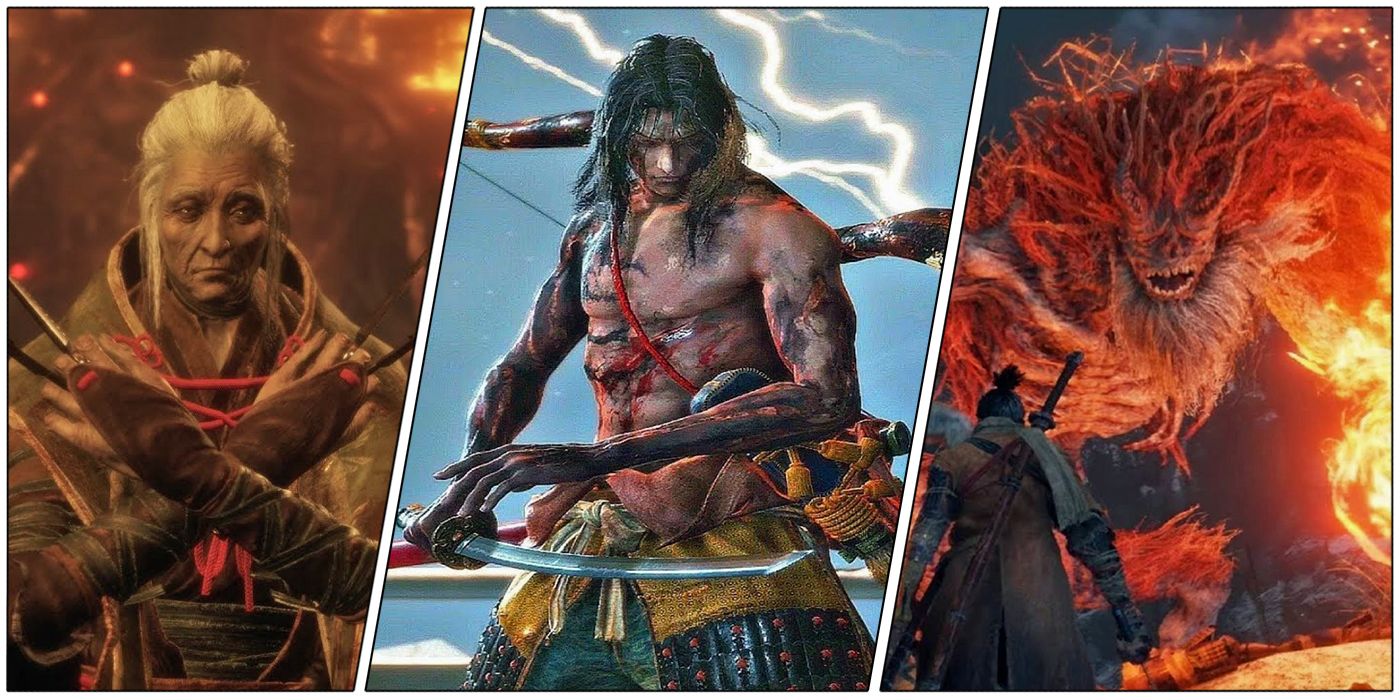
Related
20 Best Sekiro Bosses Ranked By Most Satisfying To Beat
Sekiro: Shadows Die Twice by From Software is filled with bosses who truly challenge players, but which ones challenge them the most?
Players have to beat the final boss of the game at least once to access these gauntlets, but entering a new game plus cycle won’t make them any harder. Players can also practice against bosses they’ve already beaten using the Reflections of Strength, which can help prepare for taking on these fights one after another.
1
Challenge Yourself
Kuro’s Charm & The Demon Bell
As well as players being able to set their own restrictions and challenge runs, Sekiro: Shadows Die Twice has a couple of built-in ways to add some challenge to a playthrough. The Demon Bell at Senpou Temple can be found in a regular new game, but most players who find it will get rid of the ominous item it gives them right away. Carrying the Bell Demon incurs a penalty called Sinister Burden, which increases damage and posture damage taken by the player, and reduces the same for enemies.
While this penalty offers a moderate increase to the game’s difficulty, it can be amplified through an option that players only get in NG+. Players will now have the option to give back Kuro’s Charm near the start of the game. Doing so will increase enemy stats, increase damage taken by the player, and most punishing of all, cause players to take damage when blocking unless they parry perfectly. The debuffs stack with the Demon Bell, but both increase the EXP and Sen players get from enemies as a tradeoff.
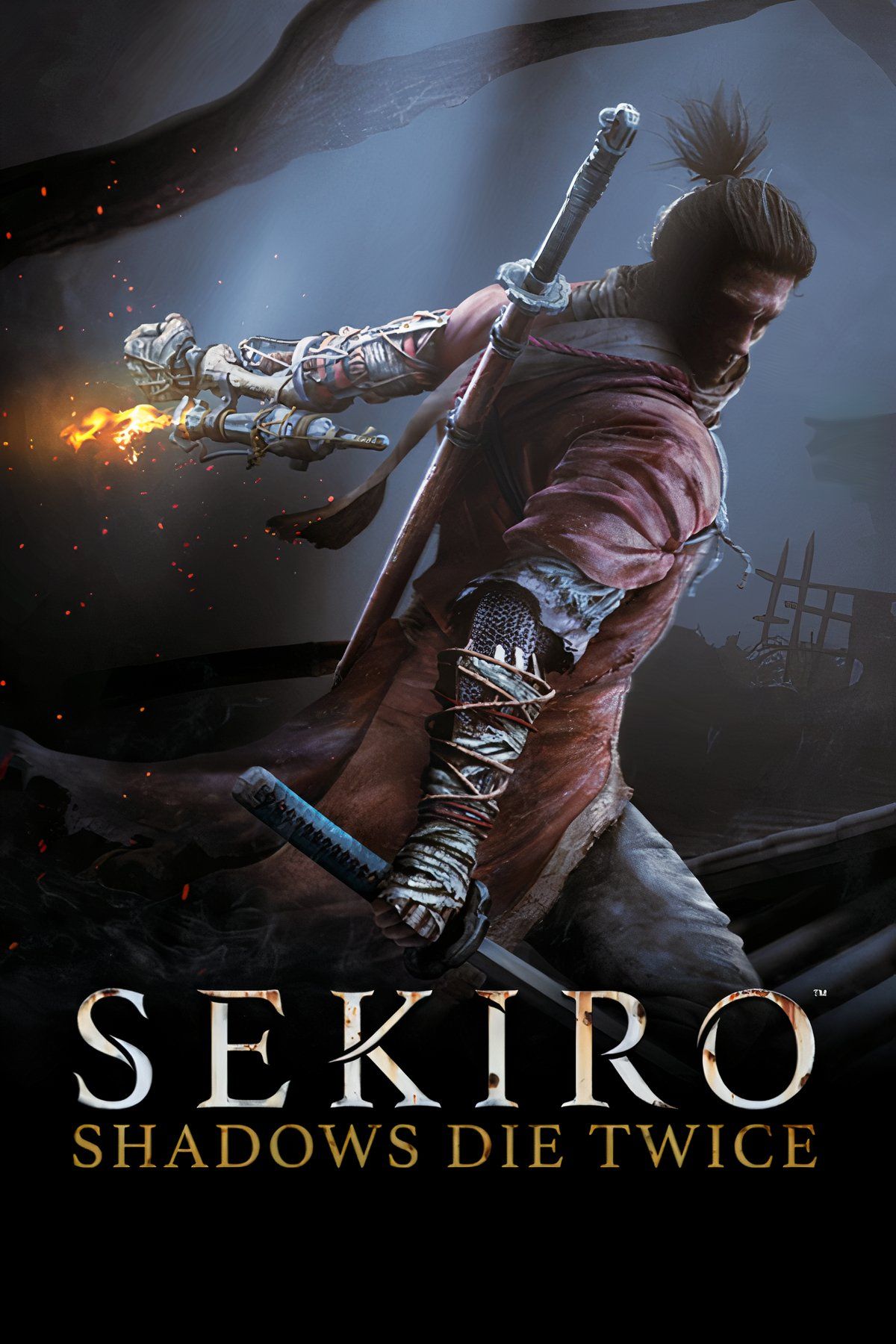
- Released
-
March 22, 2019
- OpenCritic Rating
-
Mighty
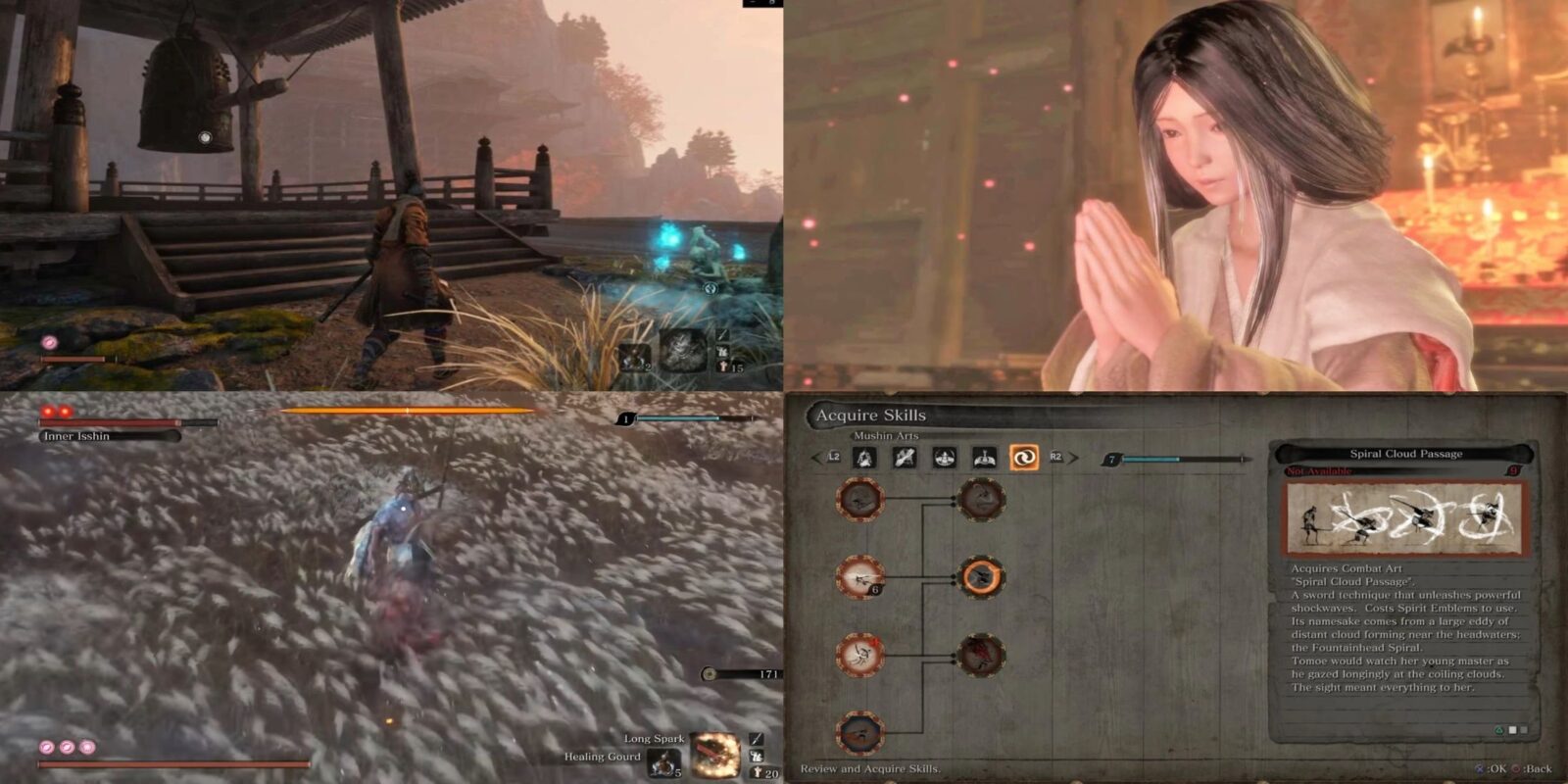
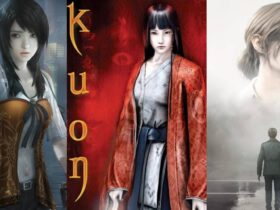







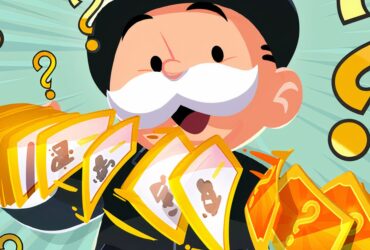

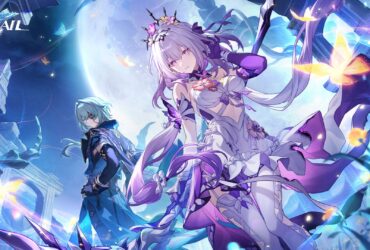
Leave a Reply